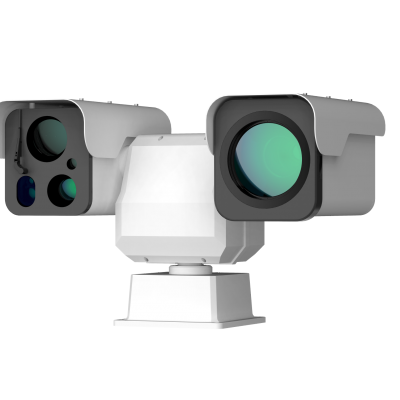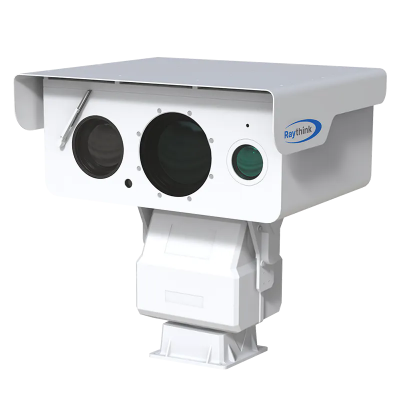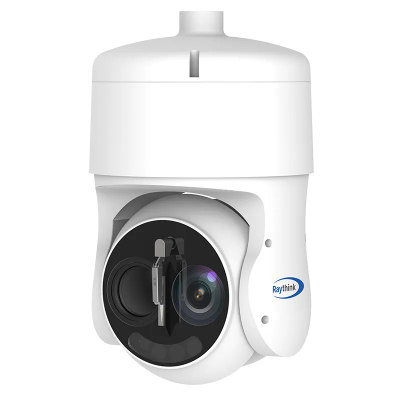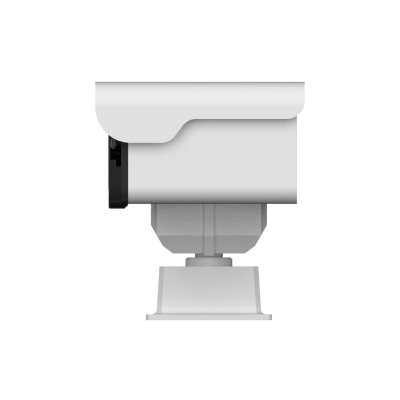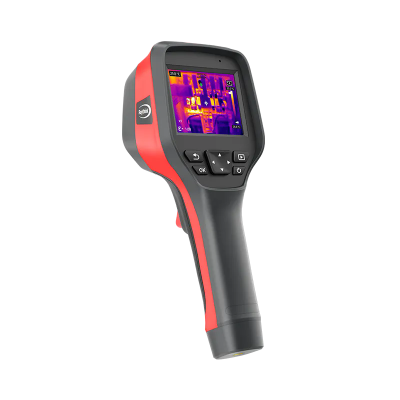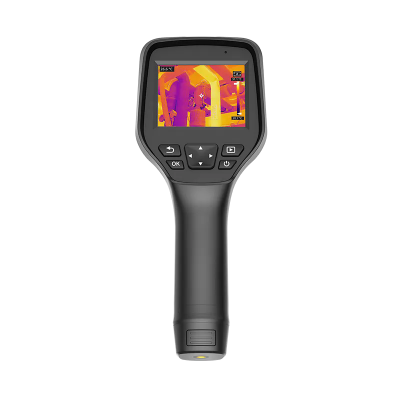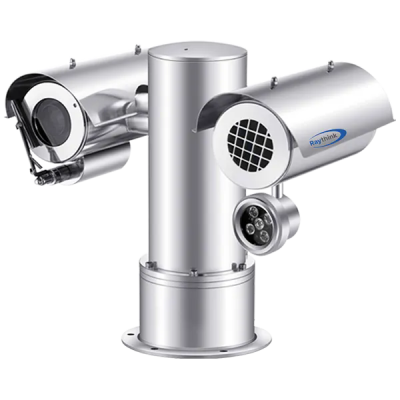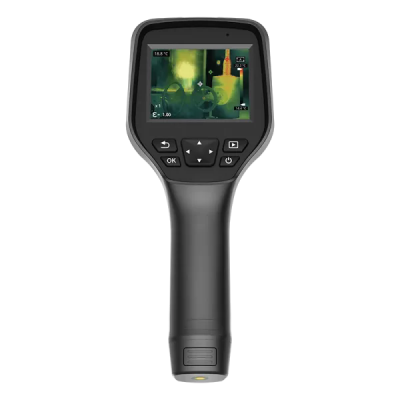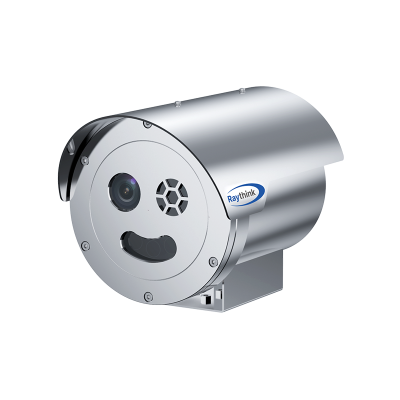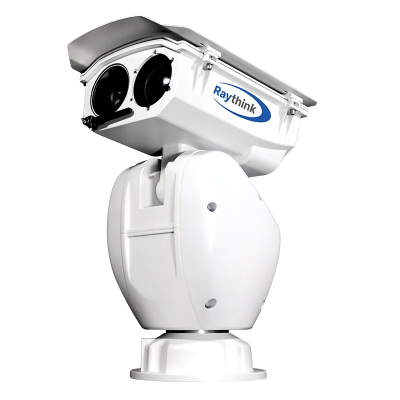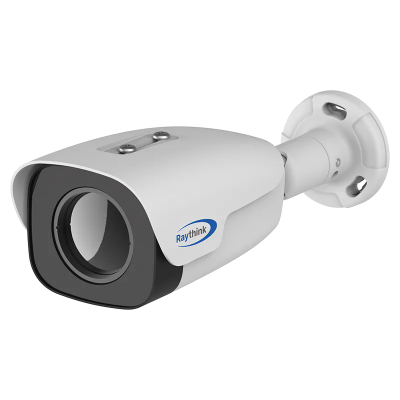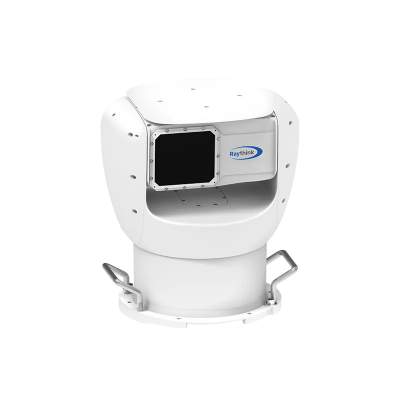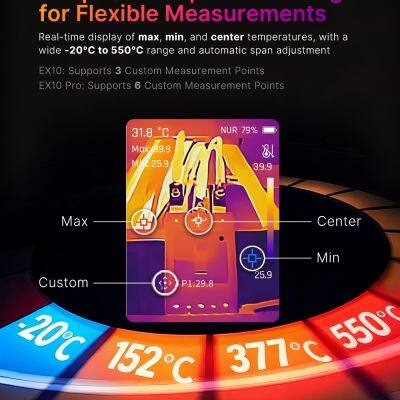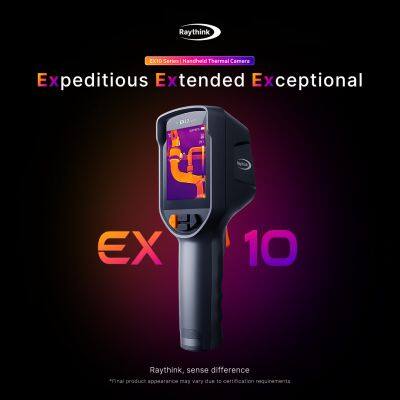What Are the Different Types of Infrared Sensors?
1.What Is Infrared Radiation?
Infrared (IR) radiation is a type of electromagnetic wave between visible light and microwaves on the electromagnetic spectrum. Named for its position just beyond red light, it ranges from 0.8 to 1000 micrometers and is categorized into near-infrared (NIR), mid-infrared (MIR), far-infrared (FIR), and extreme infrared based on atmospheric propagation.
Though invisible to the human eye, IR carries valuable physical data. Infrared sensors (detectors) convert this radiation into measurable electrical signals, enabling applications across multiple fields.
2.Classification and Working Principles of Infrared Sensors
Infrared sensors are the core components in infrared detection and imaging systems. With a wide variety of infrared sensors available, there are several ways to classify them based on different criteria:
· By wavelength response: near-infrared, mid-infrared, far-infrared, and extreme-infrared sensors
· By operating temperature: cryogenically cooled and uncooled infrared sensors
· By structure: single-element detectors, linear array detectors, and focal plane array detectors
· By detection mechanism: photon-type infrared sensors and thermal-type infrared sensors
In this section, we will focus on explaining the working principles and application characteristics of photon infrared sensors and thermal infrared sensors—two of the most important types of IR sensors.
2.1 Photon Infrared Sensors
Photon-type IR sensors are devices that convert incoming light signals into electrical signals based on the photoelectric effect of materials. The electrical properties of a material are primarily determined by the motion of its electrons. When infrared photons hit the surface of the material, they excite the electrons, altering the material’s electrical behavior. This is known as the photoelectric effect.
1. Photoconductive Infrared Sensors
These sensors operate based on the photoconductive effect. Certain semiconductor materials exhibit significant changes in electrical conductivity when exposed to infrared radiation. Infrared detectors made from such materials are called photoconductive IR sensors.Photoconductive IR sensors have a delayed response due to the relaxation phenomenonThis leads to a slower response speed compared to other IR detection methods.
2. Photovoltaic Infrared Sensors
Photovoltaic IR sensors operate based on the photovoltaic effect. When a material has an internal electric field, the electron-hole pairs generated by photon absorption tend to move in opposite directions, creating a voltage difference. This voltage can be measured as an electrical signal if an external circuit is connected.
3. Photoemissive Infrared Sensors
Photoemissive IR sensors utilize the photoemission effect. When photons with frequency vvv strike the surface of a solid, electrons may absorb the energy (hv) and gain enough kinetic energy to overcome the surface potential barrier, escaping into a vacuum as photoelectrons.
Although photon-type sensors offer advantages such as fast response, compact size, high reliability, and strong adaptability, they are sensitive to thermal noise. At room temperature, thermally excited electrons can increase dark current and degrade performance. Therefore, these sensors often require cryogenic cooling to operate at their best, which increases system cost and complexity.
2. 2 Thermal Infrared Sensors
Unlike photon-type IR sensors, which convert photon energy directly into photoelectrons via the photoelectric effect, thermal infrared sensors rely on the thermal effects of infrared radiation. They detect infrared energy through temperature changes and its conversion into other physical quantities.
1. Pyroelectric Infrared Sensors
Certain crystalline materials, such as triglycine sulfate (TGS) and barium strontium titanate (BST), exhibit the pyroelectric effect. When these materials are sliced along specific axes and sandwiched between electrodes to form a capacitor, any temperature change in the crystal causes a voltage to appear across the capacitor. This is due to spontaneous polarization and surface charge displacement triggered by temperature variations.
Pyroelectric IR sensors offer wide spectral response, stable room-temperature operation, fast response speed, low noise, and relatively simple readout circuits. However, because they require a mechanical chopper to modulate incoming radiation, imaging systems based on pyroelectric sensors tend to be more complex than those using thermopiles or microbolometers.
2. Thermopile Infrared Sensors
Thermopile IR sensors operate based on the Seebeck effect, a thermoelectric phenomenon where a voltage is generated due to a temperature difference between two junctions made of dissimilar conductors or semiconductors. When one end of the thermocouple is heated by infrared radiation and the other remains cool, the resulting thermal gradient drives charge carriers, creating a measurable voltage across the open ends.
While thermopile IR sensors are simple and reliable, they typically have lower sensitivity and slower response speeds compared to other thermal infrared detectors, limiting their competitiveness in high-performance applications.
3. Microbolometer Infrared Sensors
Microbolometers (also called resistive thermal detectors) detect infrared radiation based on the temperature-dependent resistance changes of thermal-sensitive materials. These materials are commonly fabricated as thin films. While metal films have low temperature coefficients of resistance (TCR) and are mostly used in early prototypes, semiconductor films such as vanadium oxide (VOx) and amorphous silicon (a-Si) offer higher TCR and have become mainstream in microbolometer fabrication.
Compared to pyroelectric sensors, microbolometers offer several advantages:
· Easier to mass-produce and integrate
· Lower manufacturing costs
· Longer lifespan
· Reduced image blur and ghosting
· Faster response time
· Wider dynamic range
· Higher thermal sensitivity
As a result, microbolometers have become the preferred choice in many thermal imaging applications that require accurate and efficient infrared detection.
3. Photon vs. Thermal Infrared Sensors
When comparing the different types of IR sensors, photon infrared sensors and thermal infrared sensors each have distinct characteristics and application advantages.
Key Comparison: Photon vs. Thermal IR Sensors
Feature | Photon IR Sensors | Thermal IR Sensors |
Response Speed | Very fast | Moderate to slow |
Sensitivity | Very high | Lower, but sufficient for many uses |
Temperature Sensitivity | High – performance improves with cooling | Low – performance stable without cooling |
Wavelength Sensitivity | Strong – varies with wavelength | Flat – consistent across spectrum |
Cost | High (especially cooled systems) | Lower – especially for uncooled devices |
Applications | Aerospace, military, scientific | Civil, industrial, consumer electronics |
4.Recommended Products by Raythink
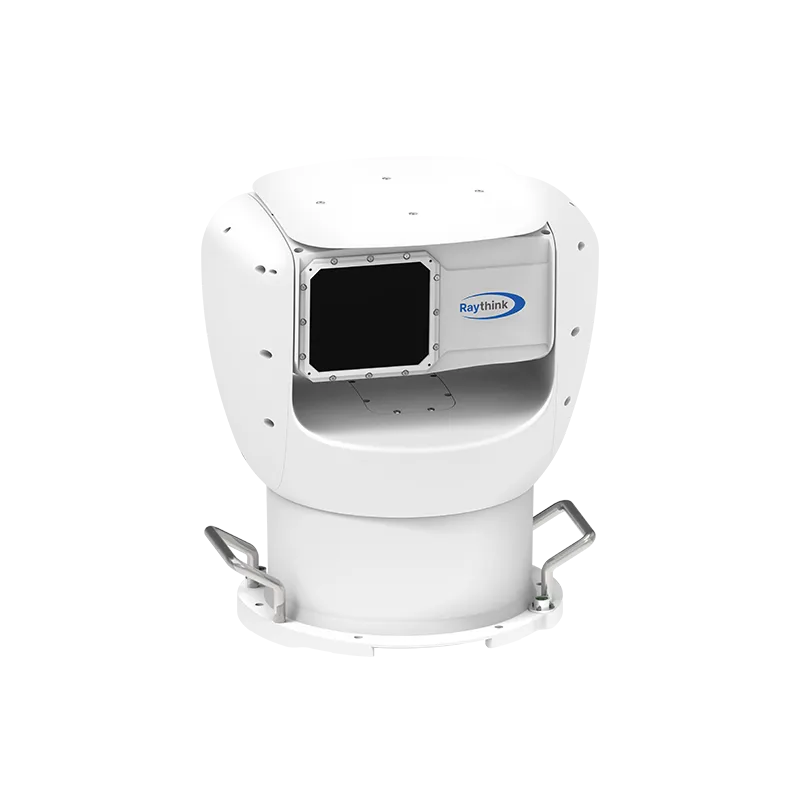
Silent W-U6 Series Infrared Panoramic Camera
· Designed for forest fire prevention and perimeter surveillance
· Dual thermal and visible light imaging system
· NPU-powered AI-ISP for enhanced low-light performance
· Intelligent detection of humans, vehicles, vessels, smoke, and fire
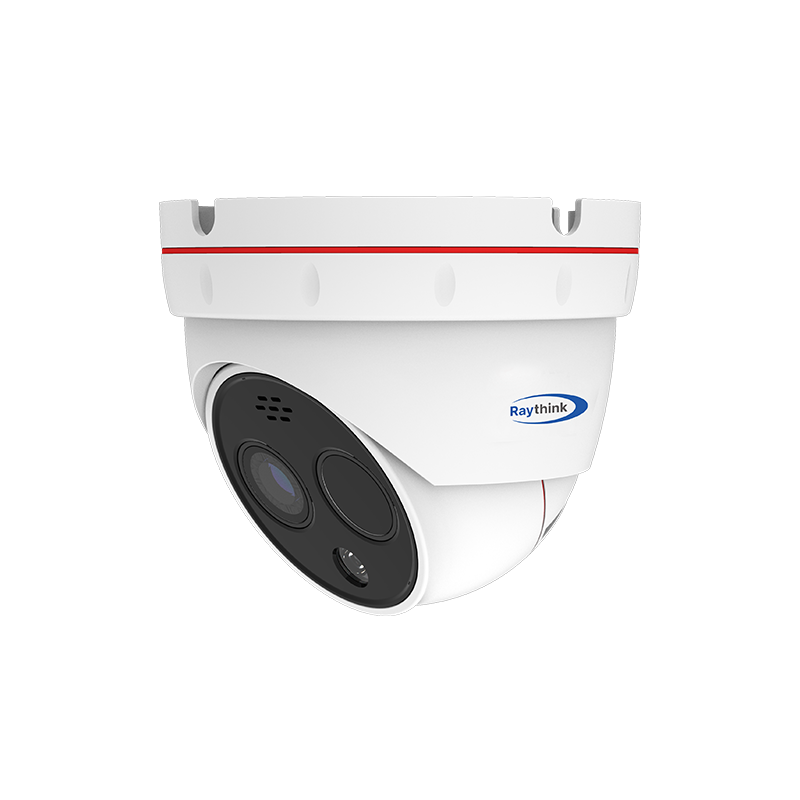
FC125T Dual-Spectrum Turret Camera
· Combines infrared thermal imaging and HD visible light
· Features advanced passive infrared thermal detector
· Multiple alarm linkage functions for real-time alerts
· NPU-powered AI-ISP for enhanced low-light performance
· Intelligent detection of humans, vehicles, vessels, smoke, and fire
· Built-in smoke and fire detection algorithms
· Dual-spectral behavior analysis capabilities
Recently Posted
-
A New Paradigm of Infrared Thermal Cameras for Intelligent Monitoring and Early Fire Prevention Warn
December 30, 2025As “the kidney of the Earth”, wetlands serve as crucial stopovers for migratory birds, habitats for resident birds, and core carri Read More
Read More -
Which Security Camera Is Best For Outdoors?
December 29, 20251. The Importance of Outdoor SurveillanceIn today’s increasingly complex public security landscape, outdoor surveillance has becom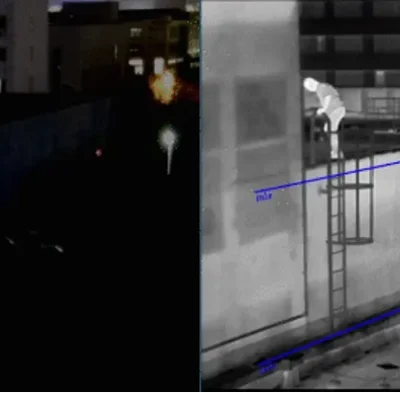 Read More
Read More -
Explosion Proof Security Cameras
December 25, 20251. What Is an Explosion-Proof Security Camera?An explosion-proof security camera is surveillance equipment designed to operate saf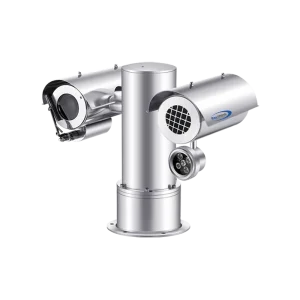 Read More
Read More -
Four Raythink’s Products Win International Design Awards
December 23, 2025Recently, the annual final evaluation of an internationally renowned industry award focused on industrial design and manufacturing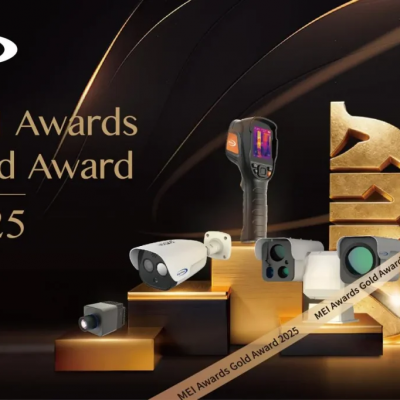 Read More
Read More


